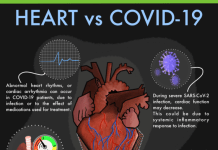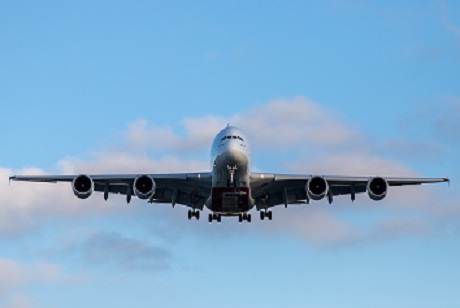Carbon emission from commercial aircrafts could be reduced by about 16 % through better use of wind direction
Commercial aircrafts use lot of fuels to generate sufficient power to sustain flight. The burning of aviation fuels contributes in greenhouse gases in the atmosphere which in turn is responsible for global warming and climate change. Currently, carbon emission from aeroplanes constitutes about 2.4% of all man-made sources of CO2. This figure is likely to grow with growth in aviation sector. Hence the imperative to explore novel ways to reduce carbon emission from airliners and to enhance efficiency. Several ways have been thought of to reduce the carbon emission from aeroplanes. One such is to take the advantage of direction of the wind especially in the long-haul flights.
The idea of using wind direction in aviation to reduce fuel use is not new but it had limitations. Advances in space and atmospheric sciences has now enabled full satellite coverage and global atmospheric dataset. The research team of University of Reading has found that the transatlantic flights between London and New York could save up to 16% of fuel through better use of wind direction. The team analysed about 35000 transatlantic flights between 1 December 2019 and 29 February 2020 and used optimal control theory to find the minimum time routes. The findings indicated to a gap of hundreds of kilometres between typical actual flight paths and fuel optimised paths. This update could help reduce carbon emission in short term without involving any new capital outlay for technological advances.
***
Source:
Wells CA, Williams PD., et al 2021. Reducing transatlantic flight emissions by fuel-optimised routing. Environmental Research Letters, Volume 16, Number 2. Published 26 January 2021. DOI: https://doi.org/10.1088/1748-9326/abce82
***




































